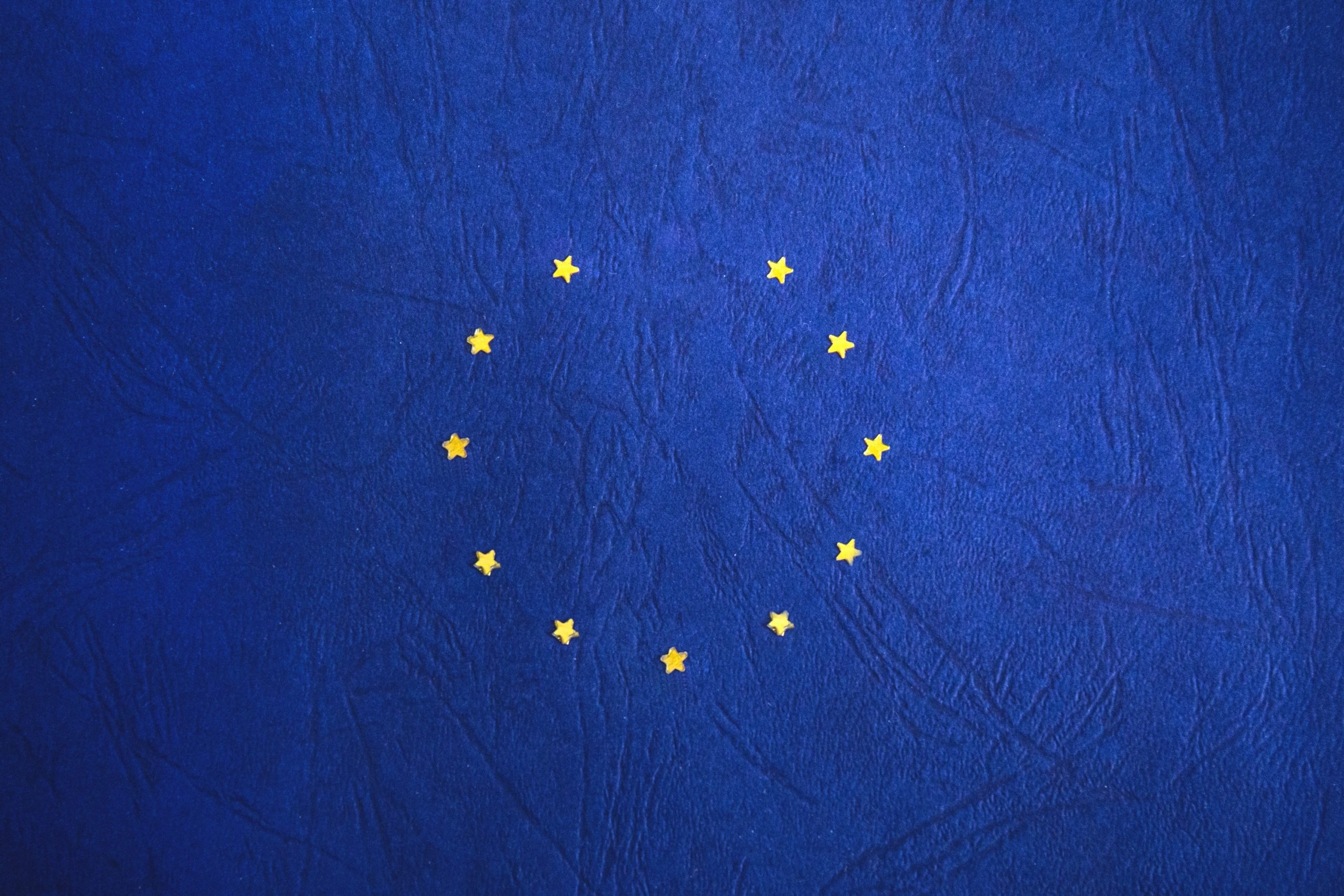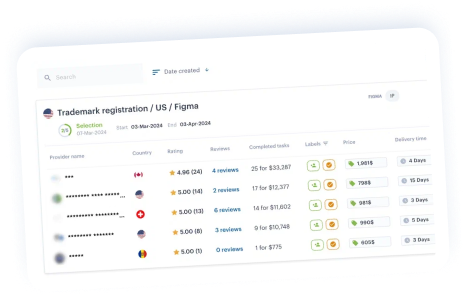To make sure your brand isn’t exploited illegally across the European Union, it would be wise to protect it and register a trademark. Thus you’ll make sure that there won’t be unauthorized use of your company’s name, logo, color patterns and so on. Additionally, you’ll be able to take legal actions against infringers.
This article reviews steps necessary to pass to get an EU trademark, including the application process, examination procedure, trademark renewal, etc.
According to the European Union Intellectual Property Office (EUIPO), a registered trademark can be any distinctive sign, such as words, images, letters, numerals, colors patterns, the shape of goods, the packaging of goods, sounds and even smells.
Application process
To get a trademark you’ll need to go through the following steps:
- Conduct a trademark search;
- File the EUIPO trademark application;
- Wait for the EUIPO’s examination period;
- Your mark is published in the EU Trademark Bulletin;
- The trademark is issued.
Trademark Search
It’s crucial to check if your mark is similar to already registered ones before filing an application to avoid any confusion. The first step in the procedure is to conduct a thorough trademark search. Although you can do it by yourself using free tools like eSearch plus, they’re useful for finding only exact matches to your trademark.
Following that, most third parties oppose similar marks that may cause confusion and harm their brands. Therefore, it’s recommended to conduct a search with the help of a professional IP attorney.
After ensuring your mark differs from the registered ones, you can move on to the next step and file the application.
File the Application
You can file your trademark application either on paper or through the EUIPO website. Usually, it’s faster and cheaper to apply online, especially if you want to register a trademark from abroad. The EUIPO offers two options:
1.The five-step Fast Track form
The Fast Track is a recommended option for most applications as they’re processed much faster and may take around three weeks to be published. Keep in mind that the application won’t be examined until you provide the required payment, which is 850€.
The Fast Track consists of 5 steps that are extensively explained here. You also have to specify the goods or services that will be provided under your trademark. To determine whether the terms of your list of goods and services are accepted for Fast Track, use the EUIPO’s goods and services builder.
2. Advanced form
This form is used for more complex applications when an applicant wants to submit his or her own list of goods and services, file a collective mark, claim an international trademark transformation or submit multilingual elements of the mark.
Examination
After the application is filed, an examiner starts reviewing it. Usually, it takes around one month after filing. The applicant will be informed about any issues regarding the application by the EUIPO.
Most often issues are resolved by eliminating small mistakes in the form. However, they can also be related to the distinctiveness of the mark. After getting the notice, you’re given two months to make amends, respond to the EUIPO and proceed with the application.
Publication
Once the application is approved by the EUIPO examiner, your trademark will be published in the EU Trademark Bulletin. Third parties (i.e. other companies that own trademarks) will have access and will be able to review your mark within 3 months.
If they believe that your mark can harm their brand because it’s too similar compared to their existing trademarks, they can file a notice of opposition.
If the opposition is filed, your application may be delayed or even rejected. This procedure may take more than two years. To avoid these cases, don’t miss the first step and conduct a thorough trademark search before starting the application process.
Trademark Issuance
If nobody has filed the opposition, the EUIPO will approve your trademark. You will be issued a registration certificate within six months after publication. This document gives you a legal right to use your mark exclusively in the entire European Union for 10 years before it must be renewed.
Monitoring and Renewal
The issuance of a trademark is not the last step, however. The EUIPO only grants trademarks — ensuring that no one uses a brand for their own commercial benefit is up to the trademark owner. So from the time your trademark is issued, you’re responsible for monitoring and taking action against infringers if necessary. To stop the unauthorized use of your trademark, you may need an IP attorney. You can find one in the iPNOTE marketplace.
Every 10 years you have to renew the mark. And again, the EUIPO isn’t responsible for reminding you to do it. If you’re unable to renew the trademark on time, your trademark rights can be canceled.
The iPNOTE platform features more than 700 IP law firms that cover more than 150 countries, so you can always find the right direct service provider using our flexible filtering system. Take a look at our directory of providers in Europe.
Sign up for free and we’ll help you solve any IP problem.
Industrial design companies in India recognize the significance of design registration in the USA. Understanding that design registration in the USA bolsters global protection, these companies diligently pursue registration to safeguard their innovations across international markets.







